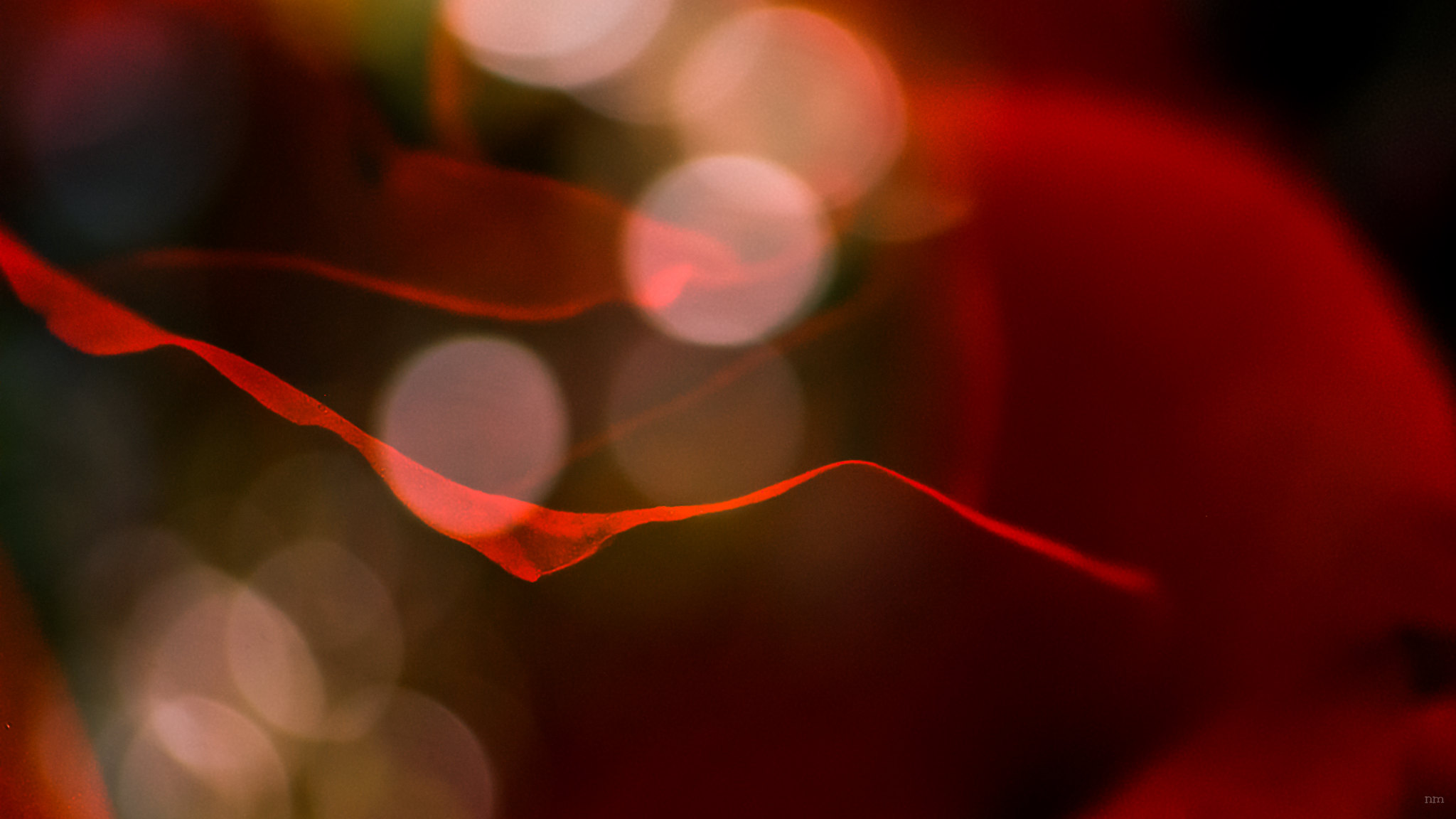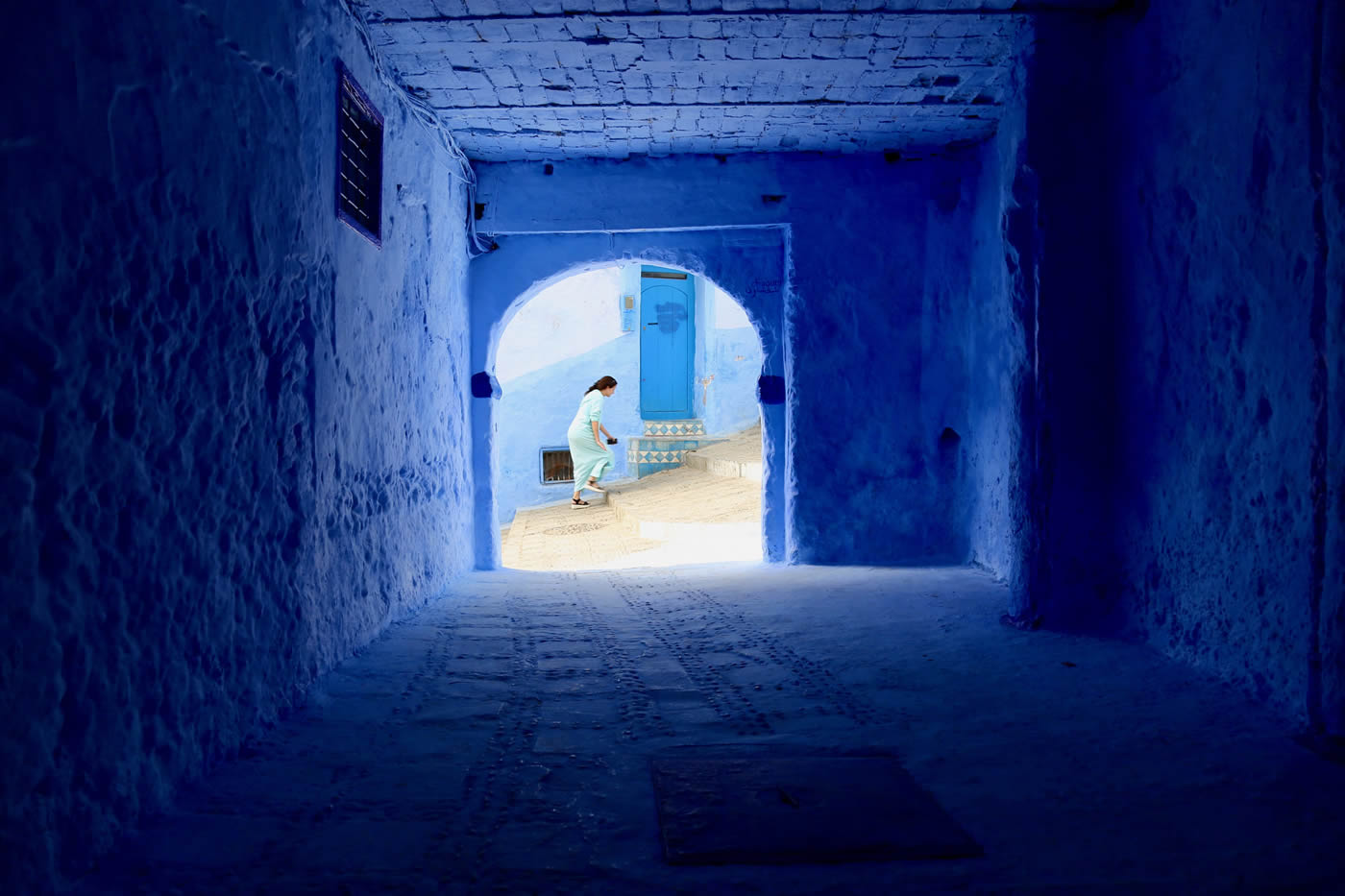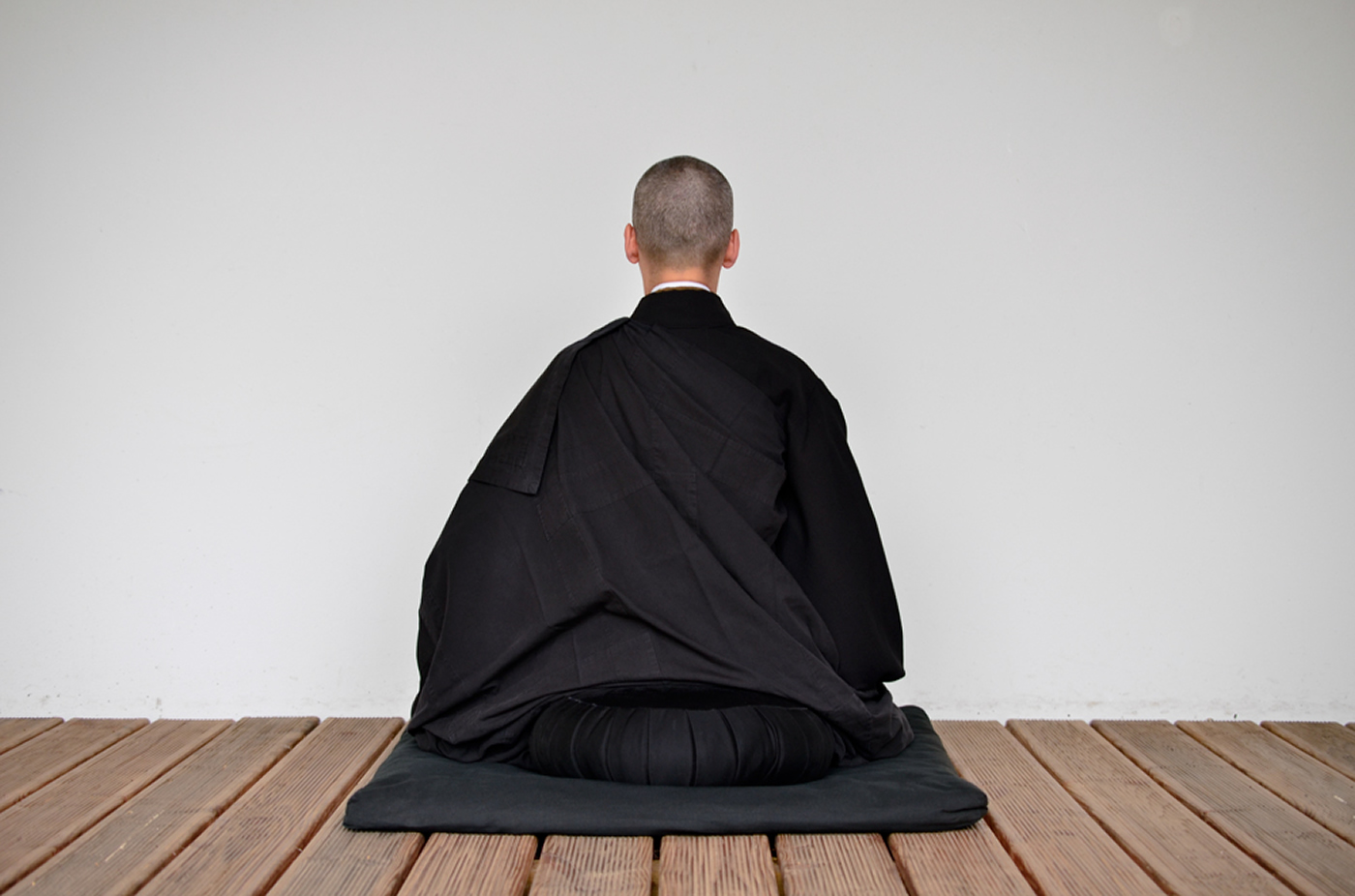Class 17: Arrows and factories
[su_icon icon=”icon: link” color=”#ff1259″ size=”20″ shape_size=”12″ url=”https://youtu.be/ke4R9RBBMlo?t=6s” target=”blank”]Video[/su_icon]Hi, welcome back to the at-home retreat. Sometimes I call it “online retreat,” sometimes I call it “at-home retreat.” “At-home retreat” sounds more friendly, right?
The picture we have here is somebody shooting an arrow. And the name of today’s class is called “Arrows and factories.”
I want to teach you an important Tibetan word before we start called pen che kyi le (‘PHEN BYED KYI LAS). pen (‘PHEN) means “to shoot an arrow” or “to throw a spear.” Oftentimes in books about karma, you hear about a thing—Stanley knows about it—called pen che kyi le. And this is the karma that you do now which is going to throw your next life. It’s going to decide what your next life is. So if you’re a very good person in this life, you will make karma which will shoot you into the future life as a human again.
And usually they say there’s two karmas called pen che kyi le, which is the throwing karma, and then there’s dzok che kyi le (RDZOGS BYED KYI LAS), which means “finishing karma.” And they always compare it in the ancient books to a master painter and his student painters. So the master painter in the old days will take a piece of charcoal and they will sketch … like if you’re painting a person, they will sketch all the person. So that’s like throwing karma, it decided you will be a human being. But what are the details of your new life? Will you be rich? Will you be poor? Will you be tall? Will you be short? Will you be a woman? Will you be a man?
Then in the metaphor, the master says to the students, “Paint this part blue, paint this part yellow, paint this part green.” In Tibetan, that’s called dzok che (RDZOGS BYED). So that’s the karma which fills in the details of your life, which is thrown by the throwing karma. Now the reason I mentioned those two, is I think I’ve discussed them before in the lam rim (LAM RIM), in this lam rim series. But so far this series has taken ten years, and to be honest, I don’t remember what I taught you and what I didn’t teach you. But what I want to say today is this is not the throwing karma that I taught you before. Before, the throwing karma and the details karma were called pen che kyi le and dzok che kyi le.
[su_icon icon=”icon: link” color=”#ff1259″ size=”20″ shape_size=”12″ url=”https://youtu.be/ke4R9RBBMlo?t=5m8s” target=”blank”]Video[/su_icon]Now we have a slightly different word, which is pen che kyi le and du che kyi le (‘DU BYED KYI LAS). The first kind of karma is the same—you can think of a spear or an arrow. But the du che kyi le, I don’t want you to think of student painters. I want you to think of a factory. They do a lot of things, and then a car comes out of the factory. Let’s read the text and then you’ll be more comfortable.
detar tendrel yenlak chu nyi kyi yewa lekpar ngu sung ne (DE LTAR RTEN ‘BREL YAN LAG BCU GNYIS KYI DBYE BA LEGS PAR NGOS BZUNG NAS). You really have to get familiar with these twelve links of dependence. ngu sung (NGOS BZUNG) means if I say, “What’s link number three? What’s link number five?” you should be able to immediately say what they are. My teacher made us memorize it over and over.
dangpo marikpa, nyipa du che, sumpa namshe, shipa ming suk chi rik, ngapa kye che, drukpa rekpa, dunpa tsorwa, gyepa sepa, gupa lenpa, chupa sipa, chu chikpa kyewa, chu nyipa ga shiy (DANG PO MA RIG PA, GNYIS PA ‘DU BYED, GSUM PA RNAM SHES, BZHI PA MING GZUGS CI RIGS, LNGA PA SKYE MCHED, DRUG PA REG PA, BDUN PA TSOR BA, BRGYAD PA SRED PA, DGU PA LEN PA, BCU PA SRID PA, BCU GCIG PA SKYE BA, BCU GNYIS PA RGA SHI’I)
We had to say it over and over again. Then he would say, “What’s that one? What’s that one? What’s that one?” So, I hope you guys will do that. Now after you know all the twelve links like individual friends, or individual enemies actually, yang yenlak shir du luk she gu (YANG YAN LAG BZHIR BSDU LUGS SHES DGOS)—you should be familiar with how these are grouped into groups. And there are four groups. Now if you’re studying the Tibetan and you’re following the Tibetan, I want to say, unfortunately, the word in Tibetan, yen lak (YAN LAG), and the word in Sanskrit, anga (aṅga अङ्ग), they are the same word for the links and the same word for the groups.
I’m going to use different words so you don’t get confused. There are four groups of links. The first one is called pen che kyi yenlak (‘PHEN BYED KYI YAN LAG)—that’s the “shooting group.” Second is drup che kyi yenlak (‘GRUB BYED KYI YAN LAG)— that’s the “factory group.” pangpay drebuy yenlak (‘PHANGS PA’I ‘BRAS BU’I YAN LAG) means “what was shot.” You can say “the arrow.” Group one is kind of like the archer and group three is kind of like the arrow. Group two is like the factory. Group four, ngunpar druppay drebuy yenlak te (‘MNGON PAR GRUB PA’I ‘BRAS BU’I YAN LAG STE), is kind of like what the factory puts out.
[su_icon icon=”icon: link” color=”#ff1259″ size=”20″ shape_size=”12″ url=”https://youtu.be/ke4R9RBBMlo?t=9m28s” target=”blank”]Video[/su_icon]So there we have four groups. (1) Arrow shooter, (2) car producing factory, (3) the arrow which you shoot, (4) and the car which comes out of the factory. de yang marikpa ni sabun deppapo tabu dang de kun ne langway du che kyi le ni sabun tabu dang (DE YANG MA RIG PA NI SA BON ‘DEBS PA PO LTA BU DANG, DES KUN NAS BSLANG BA’I ‘DU BYED KYI LAS NI SA BON LTA BU DANG). Now if we’re going to talk about it in terms of gardening, then the first thing, misunderstanding, is like the gardener who puts the seed in the ground. And the actions you take because you have misunderstanding, karma, those are like the seed that’s planted by the gardener.
Now the earth where you put the seed is the first half of link number three, which is awareness. So when you say to your husband, “I’m not stupid, you’re stupid,” which is link number two, because you thought to yourself, “I didn’t do anything,” which is link number one. I’m not offering him money today. I lost all my money yesterday. Then, what’s link number three? It’s the mind of the wife in the kitchen at the time that she says, “I’m not stupid, you’re stupid,” and she hears her own words, and those words are imprinted on her mind. We call that: link number three, your mind, at the moment of planting.
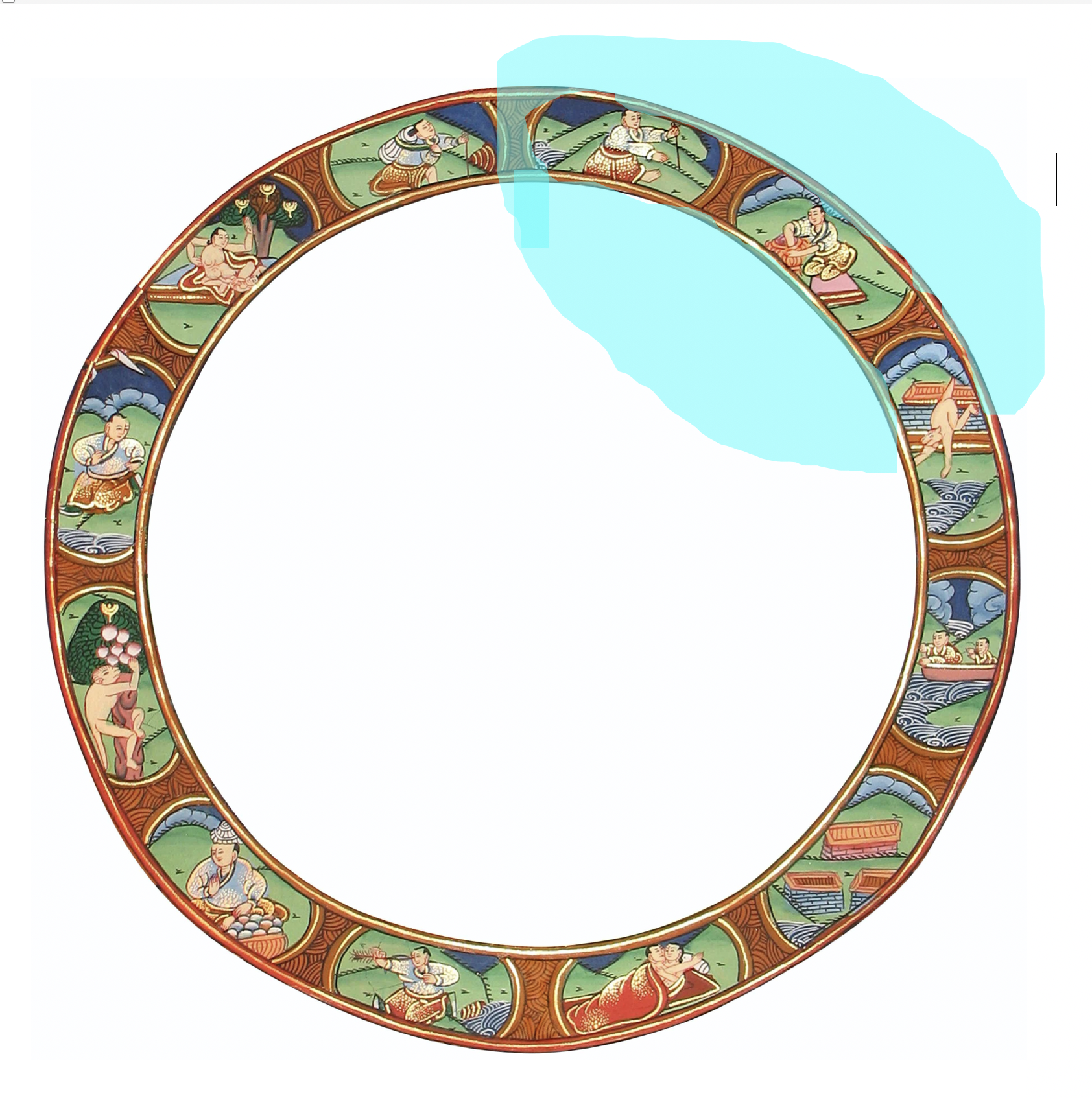 Now the second half of link number three is going to be the mind as the seed opens and goes into the mum’s womb. So, let’s consider these links. Number one, which is misunderstanding your husband, and then link number two, which is doing some karma, and then we can throw in the first half of consciousness. Those two and a half links … che dang sum (PHYED DANG GSUM) in Tibetan. It means if you added another half you would get three, you see, so that’s the Tibetan way to say “two and a half.” These are the archer. These two and a half links are the one who shoots the arrow. I put an image here and I drew, I think it’s a blue cloud, around the shooting links. Now we’ll go back to the text:
Now the second half of link number three is going to be the mind as the seed opens and goes into the mum’s womb. So, let’s consider these links. Number one, which is misunderstanding your husband, and then link number two, which is doing some karma, and then we can throw in the first half of consciousness. Those two and a half links … che dang sum (PHYED DANG GSUM) in Tibetan. It means if you added another half you would get three, you see, so that’s the Tibetan way to say “two and a half.” These are the archer. These two and a half links are the one who shoots the arrow. I put an image here and I drew, I think it’s a blue cloud, around the shooting links. Now we’ll go back to the text:
sabun la chu lu dru sher gyi kyangpa (SA BON LA CHU LUD, DROD GSHER GYIS BSKYANGS PA). Now you take that seed—sabun (SA BON)—and you put on it chu (CHU), which is water, and lu (LUD), which is fertilizer, and then dru sher (DROD GSHER) means that you make it kind of wet and warm. kyangpa (BSKYANGS PA) is an ancient word that means what a mom does to their kid when they feed them and they take care of them. So kyangpa means these extra things—water, fertilizer, sunlight—they are supporting the seed, they are feeding the seed. So which of the links are like the water, and the fertilizer, and the sunlight? You know! It’s eight and nine.
They make the karmic seed ready to give a baby. In terms of the death process, we can speak more specifically of the one seed which is going to be activated to shoot your next life. And we talked about being very careful to make the hospital room comfortable, and to speak quietly, and to remind people of their good deeds. So you can explain link eight and link nine in general terms of your whole life. You should do coffee meditation or you should regret the bad things you did. Or you can think of eight and nine more specifically as the last moment of your general awareness of this lifetime before your mind shifts to like, an animal mind.
When I say at the last moment of your life, your general awareness of this world shifts to animal state of mind, I don’t mean you become an animal or you have an animal’s mind. I don’t mean that. I mean your mind dies—99% of your mind dies—and all that’s left, we call it nyuk sem (GNYUG SEMS).. That means like, “primeval mind,” the mind which you’ve had for billions of lifetimes. And by the way, that’s why it’s very difficult to remember what happened in your past life. You can say 99% of your mind died during that last minute of awareness. So that seed in the garden gets its water and its fertilizer. By link ten, the seed gets very fat.
yang si chimay kyeway pungpo pen nge su chepa (YANG SRID PHYI MA’I SKYE BA’I PHUNG PO ‘PHEN NGES SU BYED PA). And it makes it certain that that seed is going to throw a new life. So therefore links eight, nine, and ten—I like to call them factory links—they are producing your new body and your new mind. By link ten, the new body and mind are almost ready for shipping.
[su_icon icon=”icon: link” color=”#ff1259″ size=”20″ shape_size=”12″ url=”https://youtu.be/ke4R9RBBMlo?t=19m19s” target=”blank”]Video[/su_icon]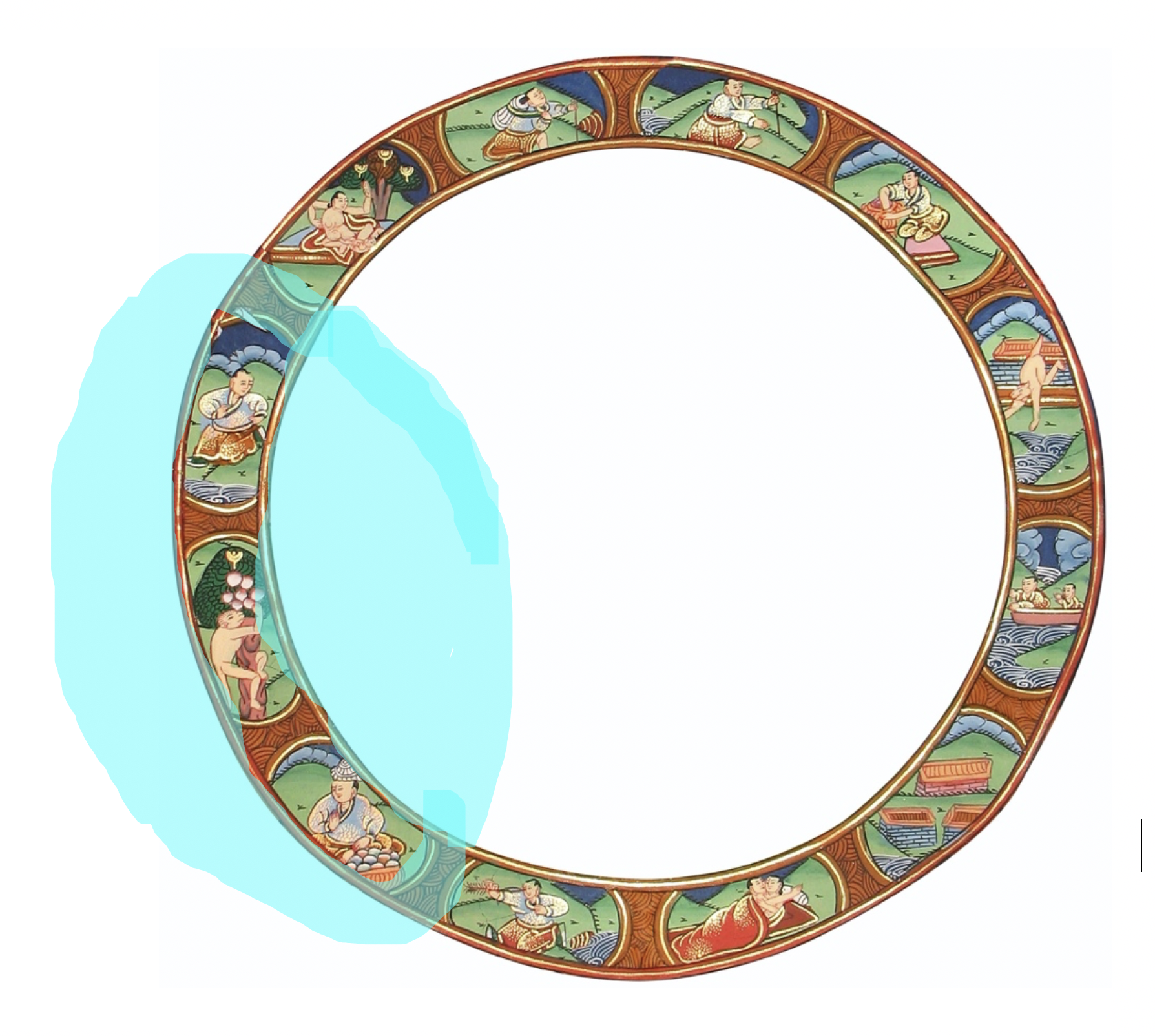 So again, I showed an image here of links eight, nine, and ten. And by the way, the links are equal to the old clocks … like one, two, three, four, five. So eight, nine, and ten are going to be where eight, nine, and ten o’clock are. So we finished the shooting links, and we finished the factory, which is getting your new body and mind ready. Now let’s go back to the text.
So again, I showed an image here of links eight, nine, and ten. And by the way, the links are equal to the old clocks … like one, two, three, four, five. So eight, nine, and ten are going to be where eight, nine, and ten o’clock are. So we finished the shooting links, and we finished the factory, which is getting your new body and mind ready. Now let’s go back to the text.
sabun gyi nyu gu kyepa shin kye si du nying tsam jorwa ni (SA BON GYI MYU GU SKYES PA BZHIN SKYE SRID DU NYING MTSAMS SBYOR BA NI). So let’s go to the moment that the seed splits open and the sprout comes out. This is like the production that comes out of the factory, and that’s link number eleven, which is your rebirth. Now there’s going to be another production link, but we’ll come to it later. So, if the factory is the seed already wet and fertilized, then the production coming out of the factory—the first part of that production—is your rebirth.
And in the image here you see link number eleven, and I’ve added twelve, because that’s going to be another production, but in the text it’s coming a little bit later. gong du shepa tar gyi dre du kyi namshe dang ming suk chi rikpay tendrel, kye che, rekpa, tsorwa te tendrel che dang nga ni pangpay drebuy (GONG DU BSHAD PA LTAR GYI ‘BRAS DUS KYI RNAM SHES DANG MING GZUGS CI RIGS PA’I RTEN ‘BREL, SKYE MCHED, REG PA, TSOR BA STE RTEN ‘BREL PHYED DANG LNGA NI ‘PHANGS PA’I ‘BRAS BU’I). So what’s the arrow that gets shot?
Who’s the shooter? Do you remember? Oh, it’s: “I misunderstood my husband, then I yelled at my husband.” Then the first half of link number three, my mind, is where where the seed is planted. Now what’s the arrow that gets shot? He lists it here: the second half of your third link, which is the mind entering in the womb. Then the two guys in the boat—your mind and your body inside your mother’s womb. And then your sense organs. Then the contact of your mind with the outside world because of those organs. And in the feelings you have about that contact—”that food stinks,” “that food smells good.” Actually, it should be, “I like that smell” or “I don’t like that smell.” So four and a half of the links are the arrow which is thrown. In Tibetan, they’re called “result links which are thrown.”
[su_icon icon=”icon: link” color=”#ff1259″ size=”20″ shape_size=”12″ url=”https://youtu.be/ke4R9RBBMlo?t=23m30s” target=”blank”]Video[/su_icon]Ok, one more small piece here. ga shi chi rikpay tendrel ni (RGA SHI CI RIGS PA’I RTEN ‘BREL NI)—now, let’s talk about link number twelve. For twenty dollars, what’s the technical name? [Stanley: death, maybe with aging] Death with maybe aging. Twenty dollars. My banker is over there. Twenty dollars for your partner. So now we’re talking about … I’m sorry I got distracted. This link of death and maybe aging, that’s another production link—we promised you one more production link right? The car that came out of the factory. So that whole experience of getting old and dying is a car which is produced in the factory of links eight, nine, and ten, which is the fat seed.
That’s the most boring class I gave you in this group. I think so. And this is when my friends say, “Geshe-la, can you teach something that we can really use?” And I apologize that I don’t always show you how to use it. There’s not one word of Dharma that you cannot use, and the older you get, the more you appreciate all the things that people have taught you, which I have many. But because in these last two days of classes, we talked about the sections of the Wheel of Life that kind of hang together, we are now in a position to answer an important question:
How many lives are going on in one wheel?
And if you want to know that, come back for a session eighteen.
Thank you Stanley for translating so happily.

